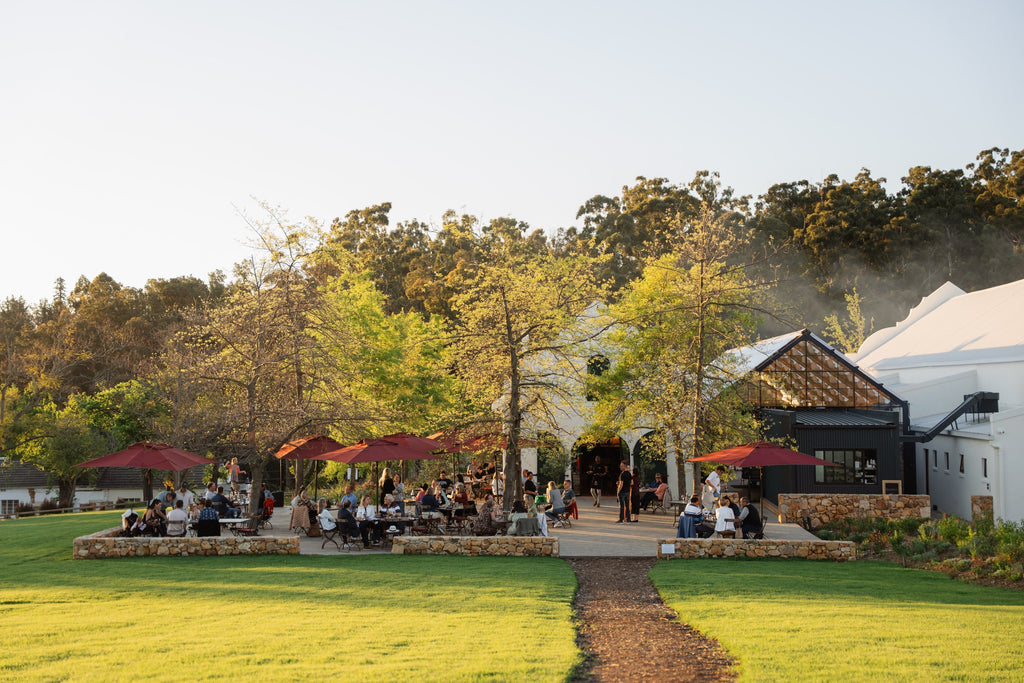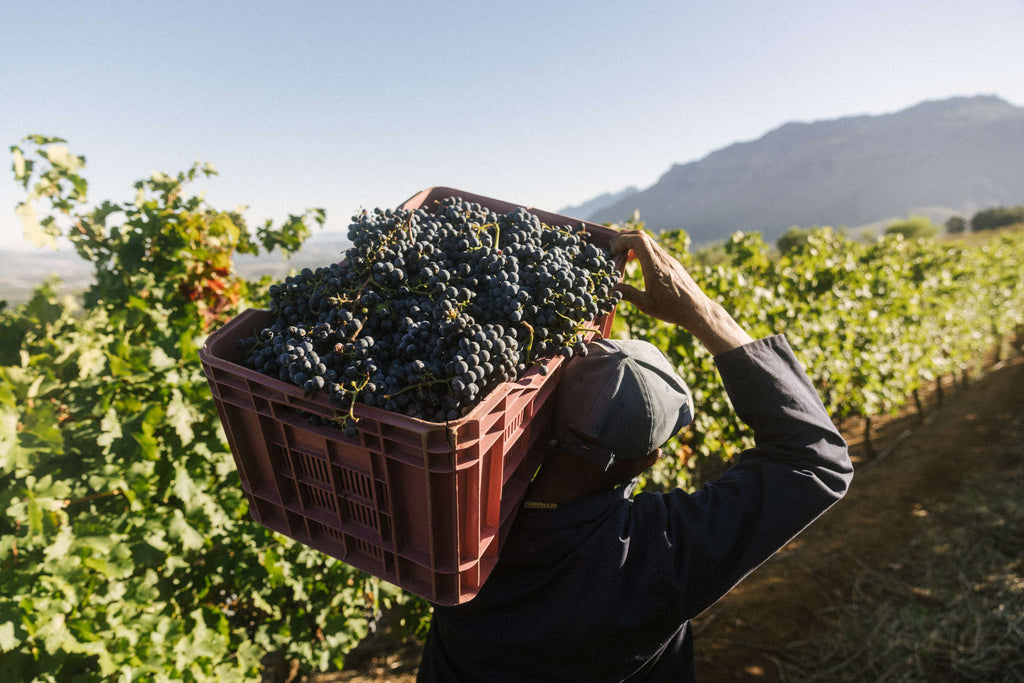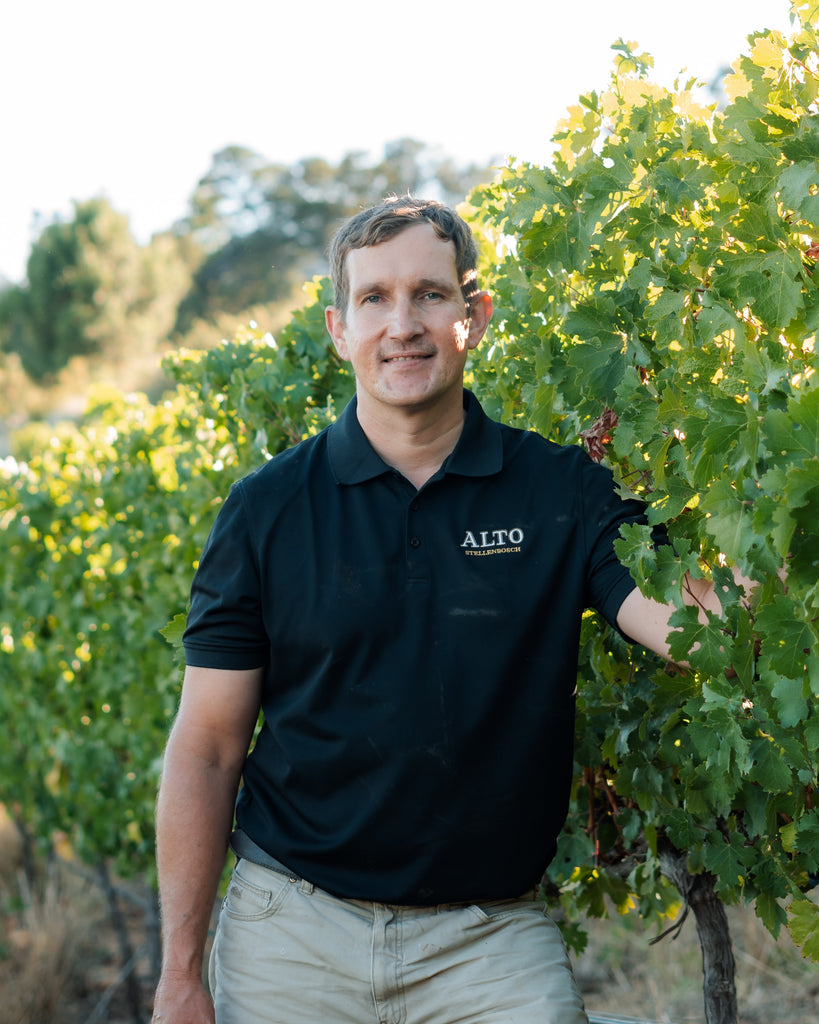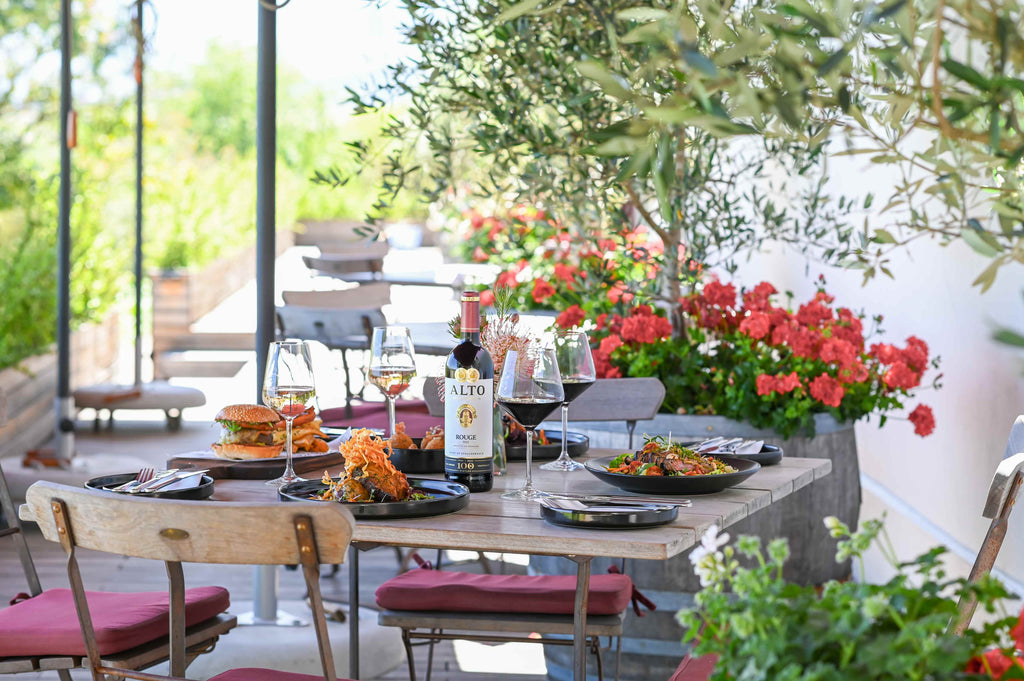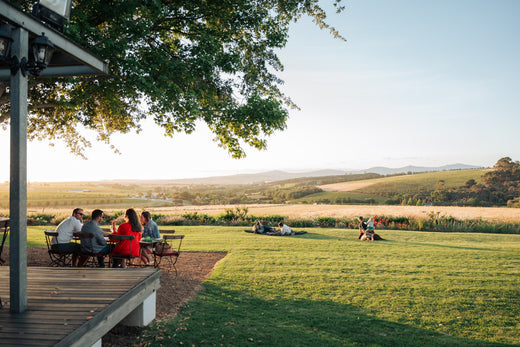Schalk van der Westhuizen: The Sage of Alto Estate

Artist : Alto Wines
Alto Estate is simply the crème de la crème of the world-famous "Golden Triangle", Stellenbosch’s choice red wine region on the Helderberg range. This is according to Schalk van der Westhuizen, former winemaker of Alto Estate from 2001 to 2015, during a recent visit to the farm, which this year will release a single wine for the 100th consecutive year, namely the epic Alto Rouge.
“Even today - almost a decade after I handed over my responsibilities to my son Bertho - when I drove through the farm gate today, I still had chills of excitement about the uniqueness of the farm and what this perfect location for making exceptional red wines holds.”
Schalk and his son Bertho, who took over the reins from his father as Alto cellarmaster on 1 May 2015, both grew up on Stellenbosch’s renowned Neethlingshof Estate. Schalk’s father (Gysbert Johannes) managed the farm for decades, and Schalk became the winemaker on 1 December 1973, only days after he completed his studies at Elsenburg College.
Schalk lived on Neethlingshof for 47 years and was the winemaker for nearly a quarter of a century. He is known as a big, robust, taciturn man who prefers to let his wines talk.
In 2001, shortly after he arrived at Alto as a winemaker, Schalk immediately went to work planting new vines and weeding out old ones.
“But I learned from childhood that a winemaker cannot only work in the cellar. I had to be in the vineyard, too, fully involved in planting new vines and caring for existing vineyards, as well as being responsible for the entire winemaking process, right until bottling. This was also the ‘secret recipe’ that I instilled in Bertho - hard work and being involved in the overall process of winemaking, which starts with soil preparation.
What stood out for Schalk from early on in his time on Alto was how exceptionally the wines of Piet du Toit, winemaker there from 1959 to 1983, aged. Piet was only the second cellarmaster on Alto after Manie Malan, who started developing Alto in 1919 with his father, Hennie. Schalk says that the wines of Piet, which had been in the bottle for 30 years and which he tasted shortly after 2000, were still exceptional.
“I liked to give the wine I was making a little air, so I pumped it over several times in the tanks,” he says. The vines on the slopes of the Helderberg are also renowned for excellent oxygenation.”
Sales have continued to be excellent over the decades precisely because Alto Rouge has become such a household name locally and in parts of the export market.
Yet, Schalk says the success of Alto Rouge is that it is priced as an affordable luxury, allowing the customer to get and develop a taste of the best Stellenbosch’s Helderberg offers. “I remember the detailed approach to planting new vineyards at the beginning of the millennium,” he says. “With the help and guidance of the legendary viticulturist, the late Prof. Eben Archer and the soil science expert David Saaiman, the focus was on developing and distributing the root systems, which still produce fruit with extraordinary balance today.
"Prof. Archer taught us there is a direct correlation between the quality of the root system and the quality of the grapes and the wine. The roots' size, health and luxuriance determine everything that happens above ground. On Alto, a favorable balance has been created between sub-surface and above-ground growth through the carefully designed spacing between each row of vines. This means the total volume of roots equals the total volume above ground, including the leaves and fruits in full bloom.
“Thanks to the vines’ condition and deep root systems, we could pick the grapes at 25° balling and still ensure an excellent balance between flavors, acidity and sugar. We picked on taste when the tannin was fully ripe, and the berries' flavor peaked.”
Shortly before his first decade on the farm, Schalk produced a powerful but subtle cuvée called M.P.H.S. It was a blend of 67/33 Cabernet Franc and Cabernet Sauvignon, of which only six barrels were made from the 2007 vintage. The wine was aged for two years in French oak and another year in the bottle before being released.
The M.P.H.S. name is derived from the first names of Alto's first four winemakers. They are Manie Malan, whose father planted only red cultivars on Alto in 1919; Piet du Toit, who started as a winemaker in 1959; his son Hempies, the famous Springbok rugby player, who took over the reins in 1983; and Schalk himself, who started making Alto's wine in 2001.
Schalk is delighted that his M.P.H.S. creation lives. “Although the vintage determines the composition of the blend - as well as the fact that it is only made in exceptional years – the wine reflects Alto tradition,” he says. “The care of people over decades created a legacy that has made Alto the great name in South African wine it is. Heritage and tradition are married to evolution and innovation. Nature has shown us the way, and no two vintages will probably ever follow the same recipe.”
About the so-called “trade secrets” that he supposedly passed on to his son Bertho, who ensured Alto went from strength to strength, Schalk gives a cunning smile and says, “No, he does his own thing. He knows that hard work and your full involvement from preparing the soil to when you put a finely crafted wine in the bottle is the only recipe.”
And a perennially winning one at that.


